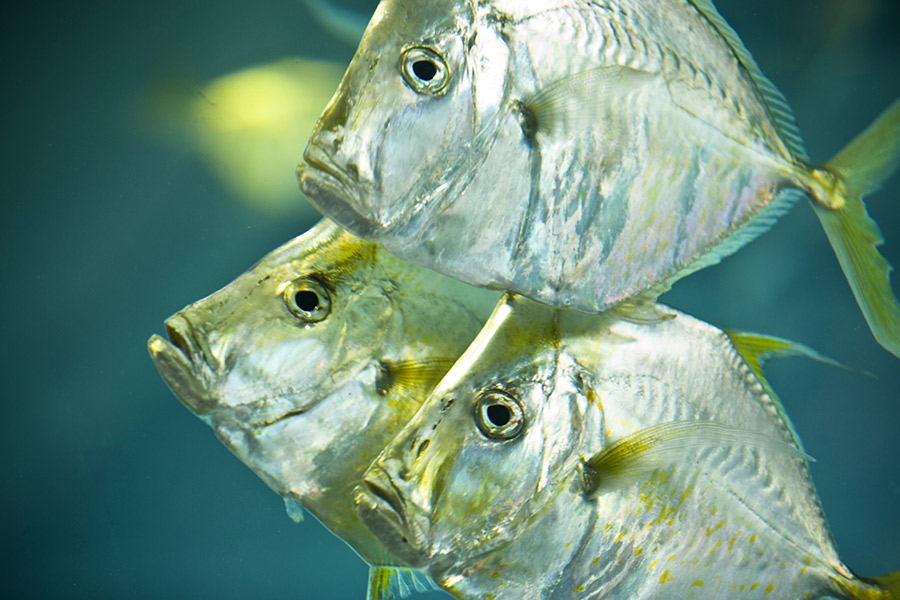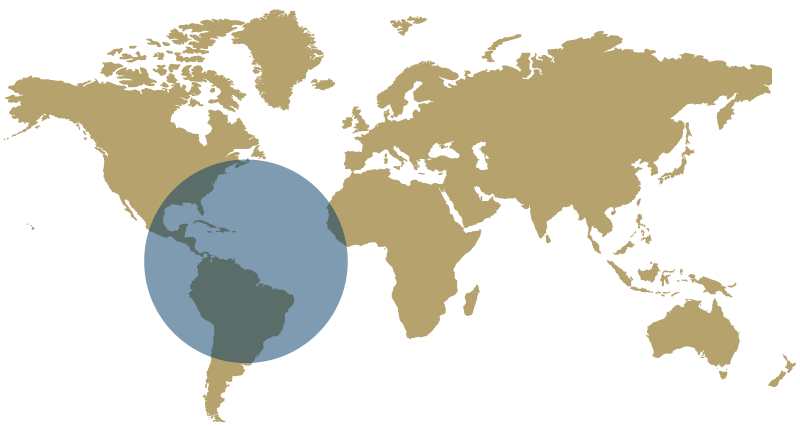
Habitat
Most commonly found from the brackish waters of coastal bays and marshes to shallow coastal water and offshore up to a depth of 53 meters, usually over sandy or hard bottoms.
Aquarium Location
Great Hall
Fun Facts
- Gets its name from its downward-oriented eye, but is also called the moonfish for the Greek goddess of the moon, Selene.
- When under stress, lookdowns will make grunt noises with their swim bladder and their teeth.
- Normally found in schools, but it is not unusual to encounter them in small groups or pairs.
- Have a relatively large, extendable mouth that allows them to feed on surprisingly large prey.
Diet
Feeds on a variety of prey, including fish, small crabs, shrimp, and worms.
Cool Adaptation
Lookdowns can open their mouths enough to feed on fish, crabs, shrimp and worms, which are usually surprisingly big prey for this fish. Lookdowns also have small eyes that lack any form of adipose eyelid. In addition, the metallic color of this fish’s face can be used to confuse predators when these fish travel in schools.
Conservation Connection
Lookdowns are considered to be a species of minor commercial importance. The flesh of this species is considered to have an excellent flavor, but reported cases of ciguatera poisoning as the result of ingesting this fish has probably kept it from becoming a more marketable species. In addition, lookdowns are becoming popular fish on display for commercial and private aquaria (more so in commercial than private) because of their interesting appearance and ease of care. Harvesting lookdowns seems to be minimal and does not seem to be having a great effect on the overall population. More research is needed in order to more fully understand and effectively manage wild populations of lookdowns in the future. Despite the lack of overall knowledge, lookdowns are still considered common and populations are stable throughout their native range. Therefore, there currently is no special concern/status for the conservation of this species.


